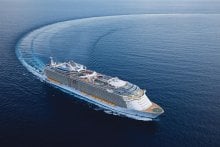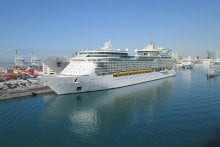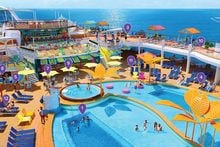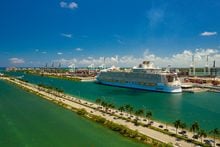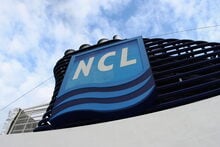With the big news that the CDC will lift the No Sail order and conditionally allow cruises to restart, you might be wondering what this means and how soon cruises can actually begin.

Before cruises can fully resume, the CDC has outlined a series of steps that need to occur before cruise ships can begin taking passengers onboard. Even then, there are other restrictions.
The framework for conditional sailing is meant to potentially allow cruise ships to sail again while not putting the public health at risk.
Testing crew members
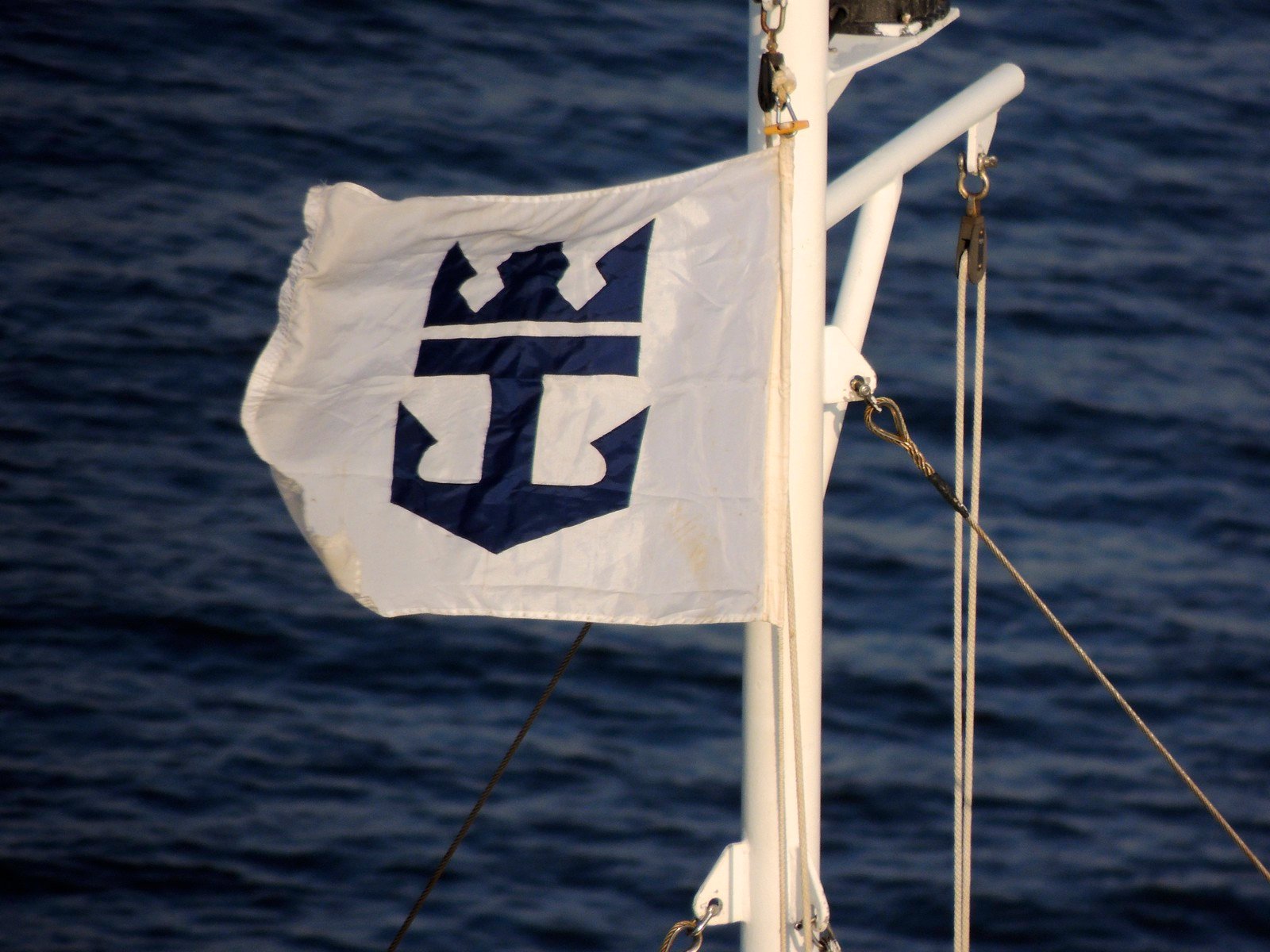
The first step is for cruise ships to have all ships run tests of the crew onboard, and to add more safeguards for them.
Before anyone else can get onboard the ship, the CDC wants cruise lines to ensure there are adequate health and safety protections for crew members.
This time will also be used to build the laboratory capacity needed to test future passengers.
In fact, the cruise lines need to meet certain testing requirements before they receive permission to conduct a simulated cruise or apply for a Conditional Sailing Certificate.
Test sailing rules
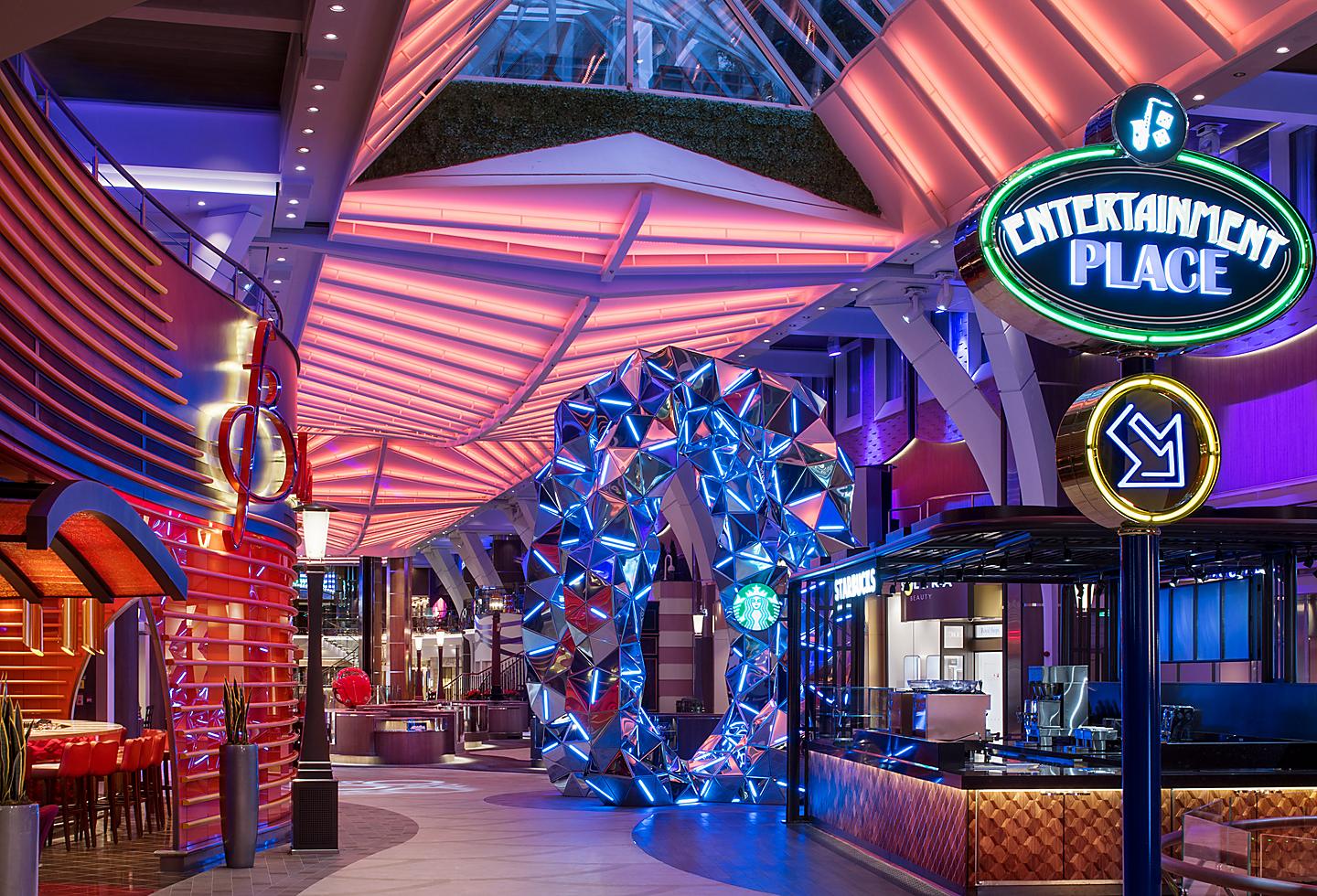
The cruise lines need to test out their policies through a series of test sailings.
These test cruises are designed to clearly demonstrate that Royal Caribbean can "mitigate the risks of COVID-19 onboard its cruise ship".
A simulated voyage must meet the following requirements:
- Volunteer passengers are to be told in writing of the "inherently risky activity" of their test sailing with untested health and safety protocols.
- All volunteer passengers must be at least eighteen years old or older.
- All volunteer passengers must have a written certification from a healthcare provider that they have no pre-existing medical conditions .
- Royal Caribbean must conduct any simulation on a consensual basis and not as a condition of employment or in exchange for consideration or future reward.
- Royal Caribbean must embark additional crew members beyond safe minimum manning levels only as determined through CDC technical instructions or orders.
- The cruise ship operator must design and conduct a simulated voyage insofar as practicable to test the efficacy of the cruise ship operator’s ability to mitigate the risks of COVID-19 onboard its cruise ship.
- The cruise ship operator must conduct a monitored observation period and laboratory testing of volunteer passengers, as directed in CDC technical instructions or orders, prior to embarking volunteer passengers on a simulated voyage.
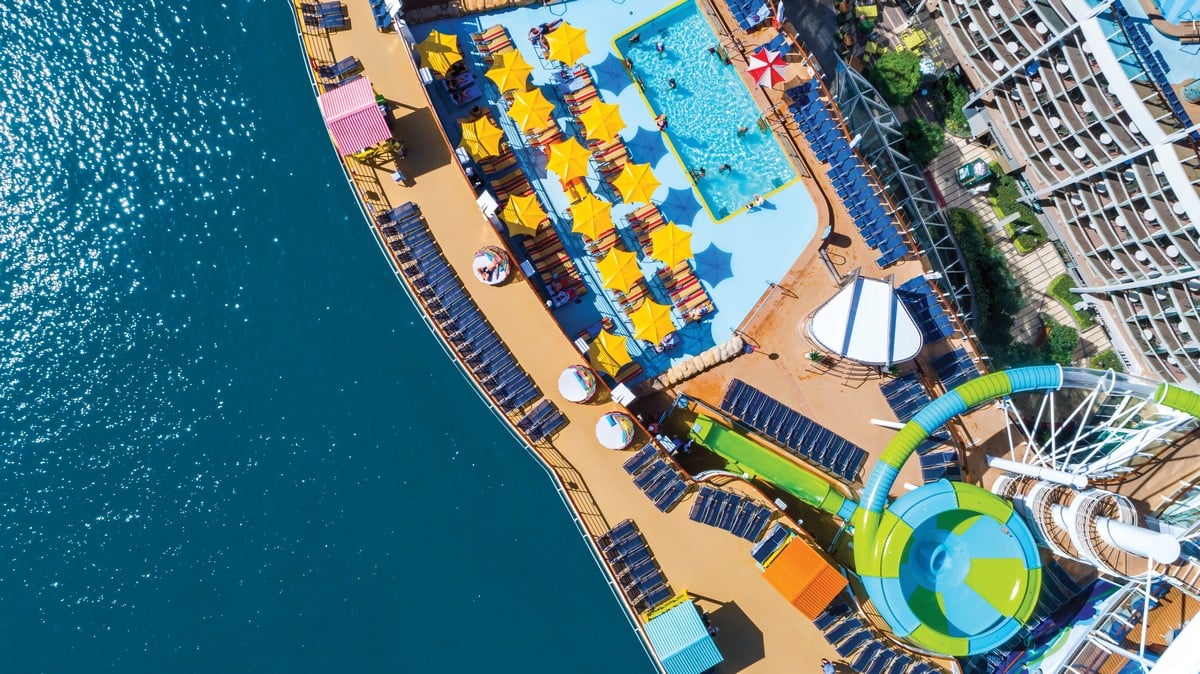
During the test cruise, the following activities must be simulated:
- embarkation and disembarkation procedures, including terminal check-in,
- on board activities, including at dining and entertainment venues,
- private island shore excursions (if a port is visited)
- evacuation procedures,
- transfer of symptomatic passengers or crew, or those who test positive for SARSCoV-2, from cabins to isolation rooms,
- quarantine of all remaining passengers and non-essential crew, and
- other activities as may be listed in CDC technical instructions and orders.
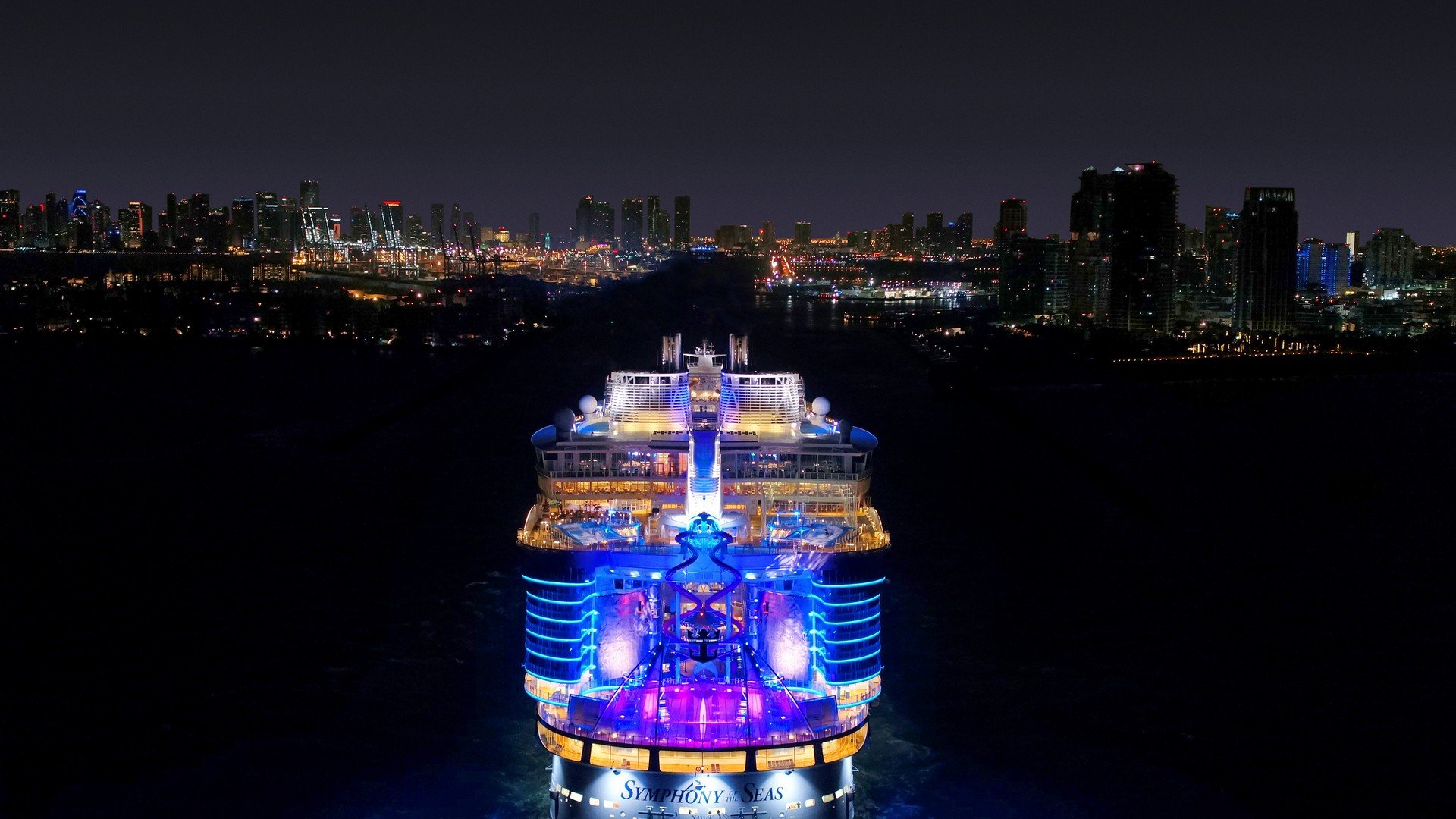
In addition, Royal Caribbean must meet standards for hand hygiene, face coverings, and social distancing for passengers and crew, as well as ship sanitation, as may be required by CDC technical instructions or orders.
Royal Caribbean must modify meal service and entertainment venues to facilitate social distancing during the simulated voyage.
After each sailing, any issues in the health and safety protocols must be noted in an “after-action” report and address how these intend to address those deficiencies prior to applying for a COVID-19 Conditional Sailing Certificate.
Applying for permission to cruise
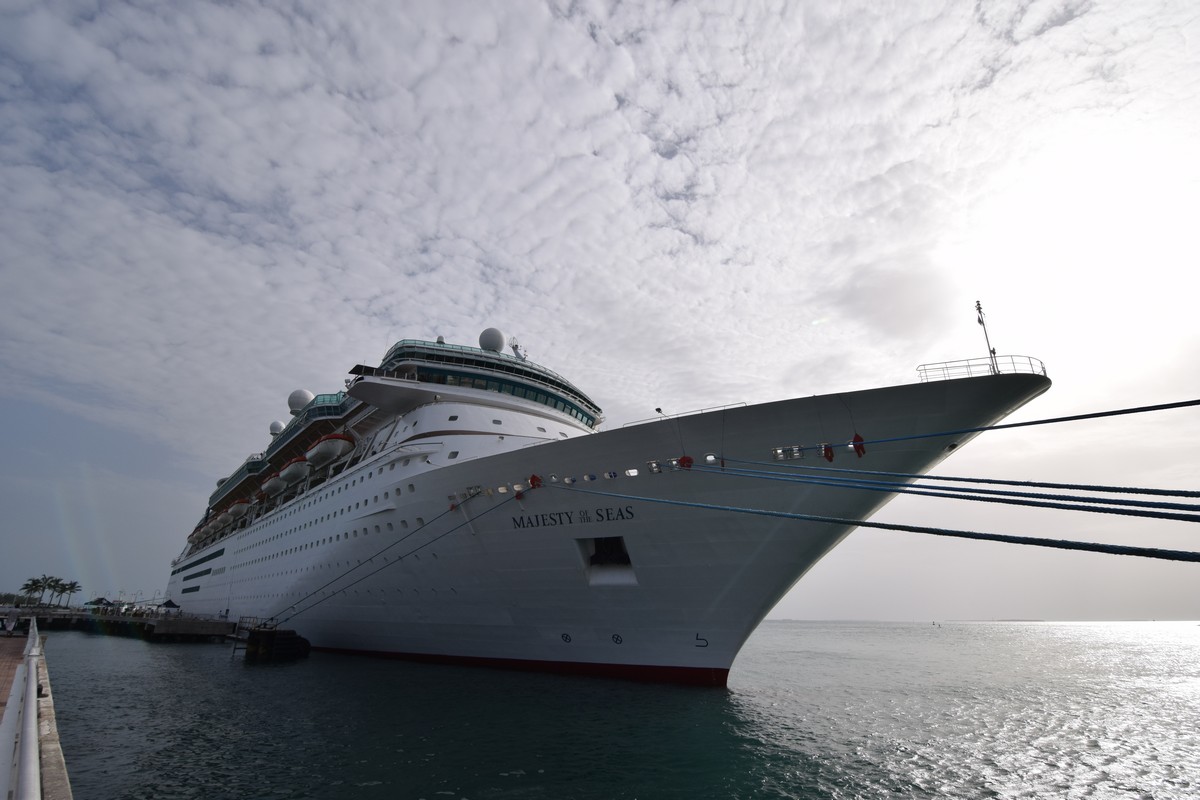
If all goes well with the simulated cruises, the next step is for Royal Caribbean to request a Conditional Sailing Certificate (CSO).
Applying for a CSO entails a lot of paperwork to indicate the responsible officials from the cruise line, as well as shoreside.
Each ship will need to apply and include the ship name, carrying capacity for passengers and crew, itinerary, ports of call, length of voyage, and expected onboard or shoreside activities, for the cruise ship that the cruise ship operator intends to have certified for restricted passenger operations.
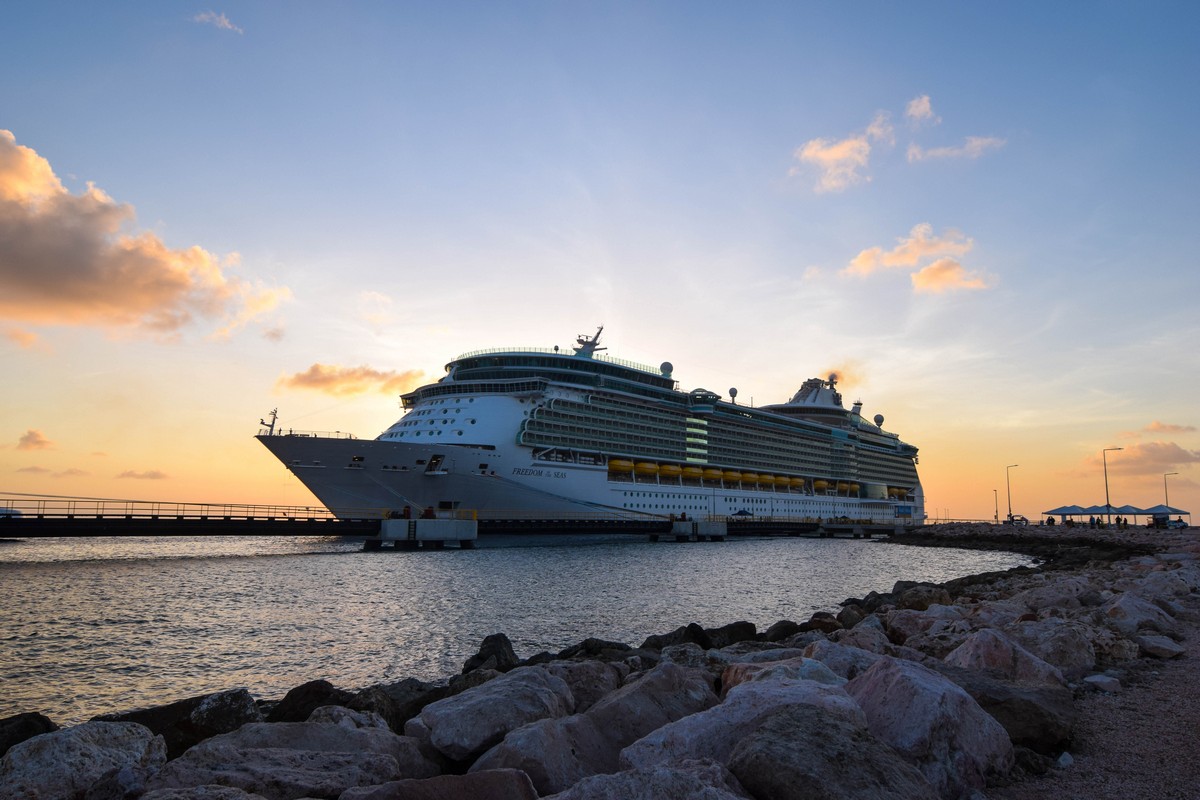
Basically, the application ensures the ship has met, and will continue to meet, the rigorous standards for safe cruising.
The CDC may limit passenger or crew capacity, itinerary, ports of call, length of voyage, onboard or shoreside activities.
These materials should be submitted at least 60 calendar days prior to the date on which the cruise ship operator proposes to commence restricted passenger operations.
Initial sailings
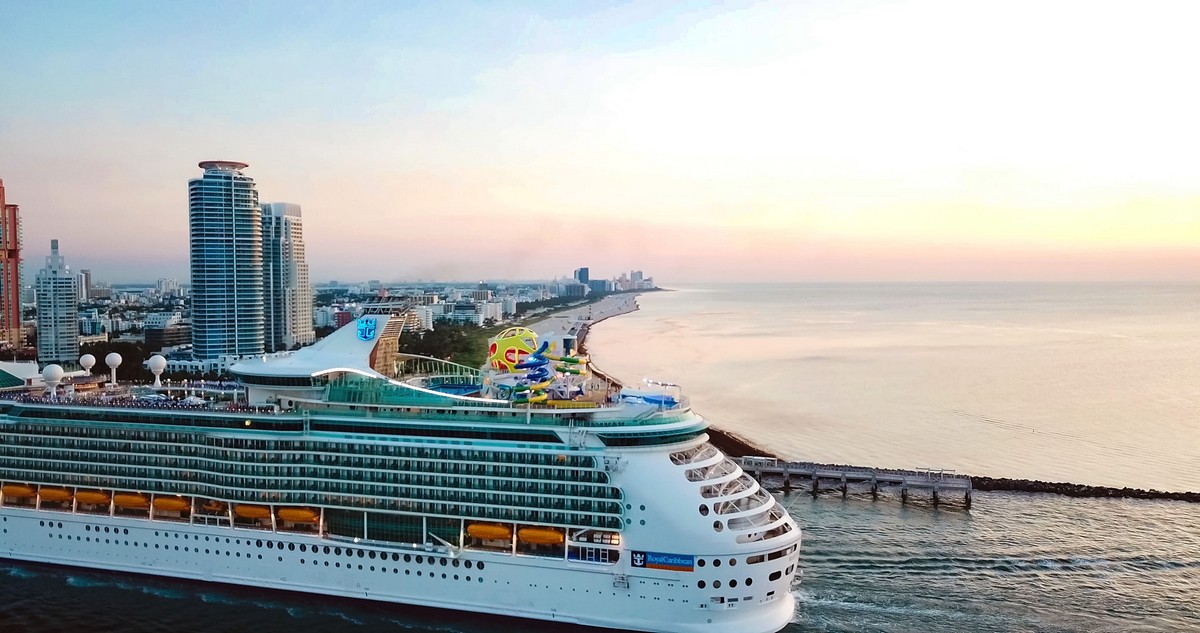
Once cruises are able to resume, there will be limitations on what is allowed during the "Restricted Passenger Voyages".
- Notify prospective passengers prior to accepting a reservation of any CDC travel advisory, warning, or recommendation relating to cruise travel.
- Royal Caribbean cannot sail or offer to sail on an itinerary longer than 7 days.
- Royal Caribbean must screen passengers and crew and deny boarding if anyone tests positive.
- Royal Caribbean must conduct laboratory testing of all passengers and crew on the day of embarkation and the day of disembarkation.
- Conduct laboratory testing of any passengers and crew who report illness consistent with COVID-19 during the voyage with rapid point of care results.
- Report syndromic surveillance and all laboratory test results using CDC’s Enhanced Data Collection form as required by CDC technical instructions or orders.
- Meet standards for hand hygiene, face coverings, and social distancing for passengers and crew, as well as ship sanitation.
- Modify meal service and entertainment venues to facilitate social distancing.
The CDC reserves the right to revoke a Conditional Sailing Certificate if rules are not being followed onboard.
Royal Caribbean: CDC announcement is a positive step
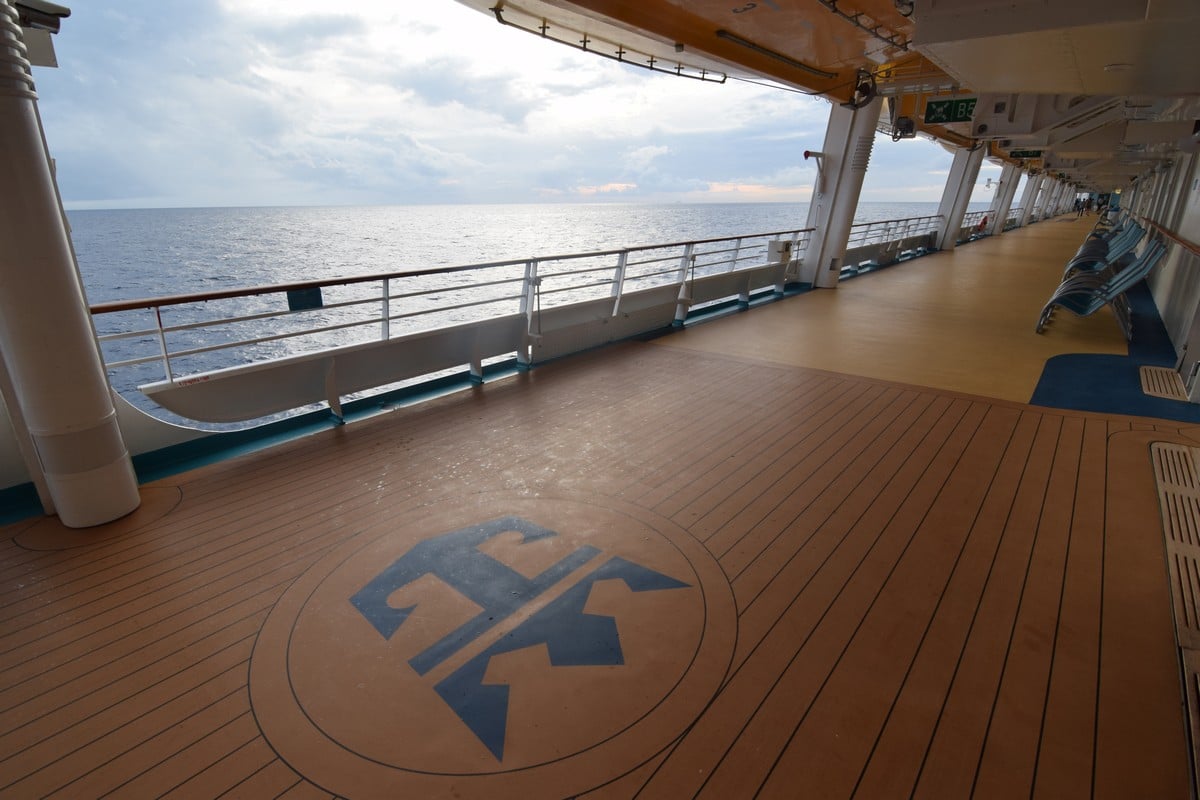
If all of this sounds like a lot of work, well, it is, and Royal Caribbean is ready for it.
In a statement to the media, Royal Caribbean Group reiterated its commitment to doing whatever it takes to be able to sail again.
"While we are eager to welcome our guests back on board, we have a lot to do between now and then, and we’re committed to taking the time to do things right. This includes training our crew in new health and safety protocols and conducting a number of trial sailings to stress-test those protocols in real-world conditions."
Moreover, Royal Caribbean has never been shy about saying they always planned a slow return to service.
Royal Caribbean Group Chairman and CEO Richard Fain has emphasized a slow and methodical approach to cruises restarting, "We will not rush to return to service until we are confident that we have figured out the changes that we must make to offer our guests and crew strong health and safety protocols with the enjoyable experience that they rightly expect."


